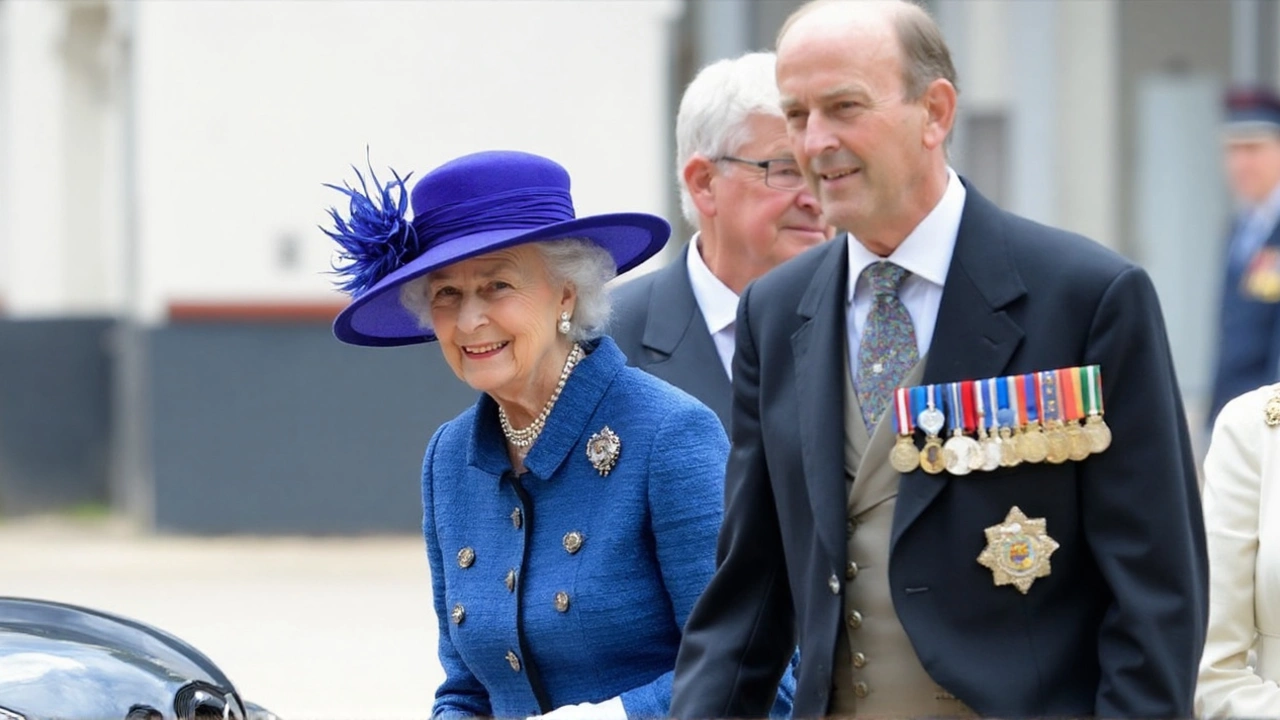Duchess of Kent – what the title means today
When you hear Duchess of Kent, the honorary title given to the wife of the Duke of Kent, a senior figure in the British royal family. Also known as Princess Marina, it blends historic privilege with public service duties. The title Duchess of Kent sits inside a web of royal connections that still shape British culture.
The Duchess belongs to the British royal family, the network of relatives surrounding the reigning monarch, responsible for ceremonial duties and charitable work. This family provides the context for every royal title, and the Duchess's role reflects that lineage. Because she is married to the Duke, the title requires a marriage link, which is a key rule of succession and title inheritance.
Geographically, the title points to Kent, a historic county in southeast England, famous for its gardens, coastline and ties to the monarchy. Kent’s identity influences the Duchess’s public engagements – she often appears at local events, supports charities in the region, and helps promote tourism. In turn, the monarchy leverages these regional links to stay connected with everyday people.
Why the Duchess matters in today’s monarchy
Modern royalty isn’t just about crowns and castles; it’s about visible community work. The Duchess of Kent champions causes like health research, education and heritage preservation. By attaching a well‑known title to these issues, she gives them a platform that reaches national media. This relationship shows how the monarchy, the institution of royal authority and tradition in the UK adapts to contemporary concerns while keeping historic continuity.
Looking at the collection of posts below, you’ll notice a pattern: many pieces touch on British culture, sports or entertainment that have a link to Kent or the royal family. For example, a story about Garth Brooks mentions co‑writer Kent Blazy, while a discussion of soccer leagues often references the English football system, which the royal family occasionally supports. These connections illustrate how the Duchess’s sphere overlaps with broader public life.
In practical terms, the title also carries duties like attending state ceremonies, opening new facilities, and meeting diplomats. Each appearance reinforces the idea that the monarchy works as a soft‑power conduit, weaving tradition into modern governance. That’s why the Duchess of Kent remains a visible, active figure rather than a purely ceremonial name.
Whether you’re a history buff, a fan of royal news, or simply curious about how titles affect everyday events, the posts below will give you a mix of perspectives. From sports analysis to music trivia, each article shows a different facet of the cultural landscape that the Duchess touches, either directly or through shared keywords.
So, keep reading to see how the Duchess of Kent’s legacy intersects with the topics you love – from football tactics to charitable initiatives – and discover the subtle ways royalty still shapes our world today.
Duchess of Kent dies at 92: Buckingham Palace confirms
Posted by Zander Callaghan with 0 comment(s)
Katharine, Duchess of Kent, has died at 92, Buckingham Palace said. She passed away peacefully, surrounded by family. Known for stepping back from royal duties to teach music, she also chose to stop using her HRH title in 2002. A familiar face at Wimbledon for decades, she is survived by the Duke of Kent and their three children. Tributes from across the royal family praised her compassion and work with young people.
view more